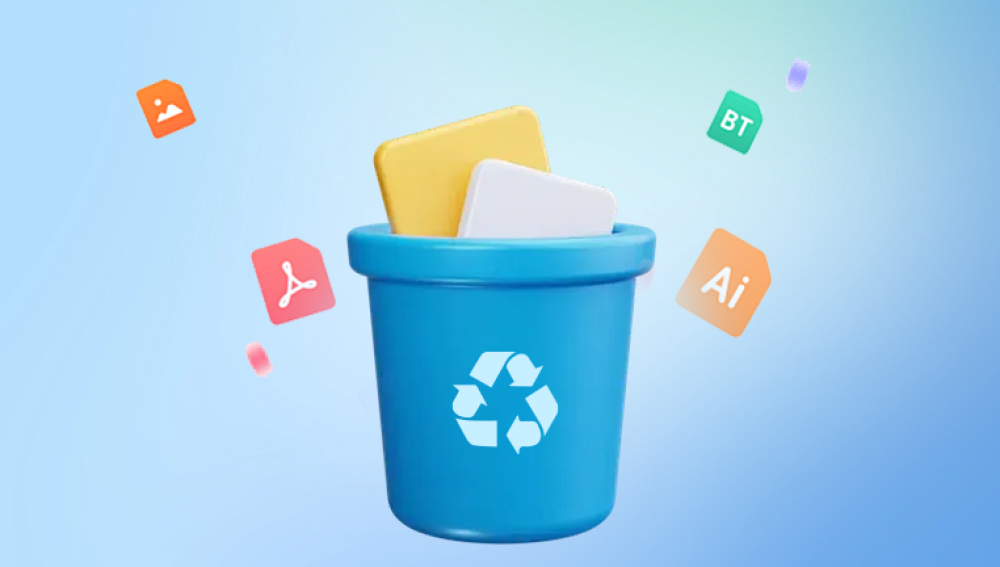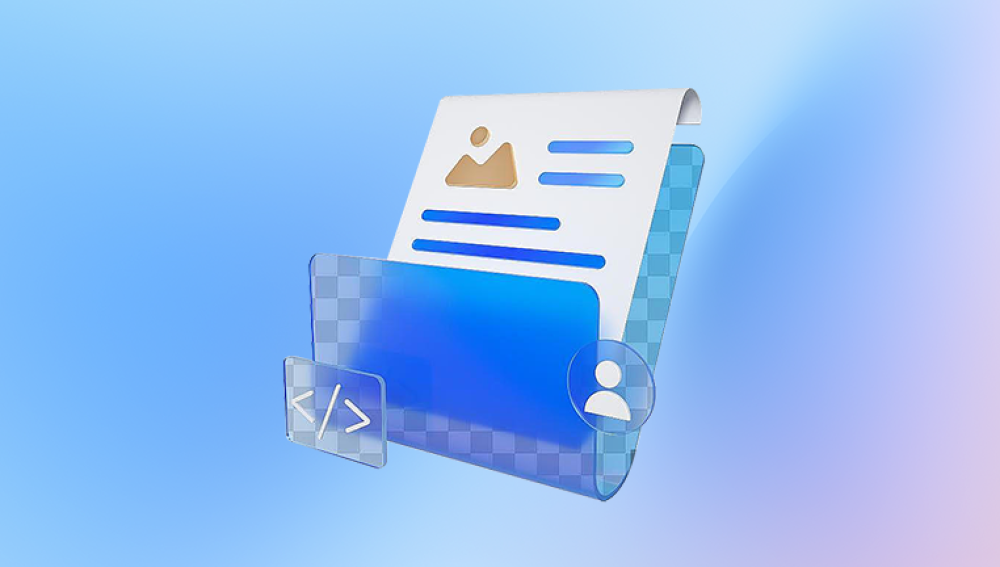When your iPhone is stuck in the "Attempting Data Recovery" loop, it can be frustrating, especially if you’re worried about losing your data.
1. "Attempting Data Recovery" Loop
Before diving into the solutions, it’s important to understand what this error means. The "Attempting Data Recovery" message appears when your iPhone detects that something went wrong during an update. The device enters recovery mode in an attempt to restore the lost data. If this process fails or gets stuck, your iPhone might loop endlessly, making it difficult to access your data or even use the device.
2. Reasons Behind the "Attempting Data Recovery" Loop
Several factors can contribute to your iPhone getting stuck in this loop:
Interrupted Update Process: This can happen due to poor internet connection, low battery, or an unexpected shutdown during the update.
Corrupted Firmware: A corrupted iOS file can cause the update to fail, leading to the recovery loop.
Hardware Issues: Problems with the device’s storage or hardware components can also trigger this loop.
Incompatible Backup: Restoring from an old or incompatible backup might lead to data recovery issues.

3. Basic Troubleshooting Steps
Before trying more advanced solutions, it’s advisable to start with some basic troubleshooting methods.
3.1. Restart Your iPhone
Force Restart: Sometimes, a simple force restart can resolve the issue. The method to force restart varies depending on the iPhone model:
iPhone 8 and later: Quickly press and release the Volume Up button, then the Volume Down button. Press and hold the Side button until you see the Apple logo.
iPhone 7 and 7 Plus: Press and hold both the Volume Down and Sleep/Wake buttons until the Apple logo appears.
iPhone 6s and earlier: Press and hold both the Home and Sleep/Wake buttons until the Apple logo appears.
3.2. Ensure a Stable Internet Connection
A stable Wi-Fi connection is crucial during the update process. Ensure that your iPhone is connected to a reliable network before retrying the update.
3.3. Check Battery Level
Make sure your iPhone has sufficient battery life (at least 50%) before attempting any recovery or update processes.
4. Advanced Solutions to Stop the Loop
If basic troubleshooting doesn’t resolve the issue, you may need to try more advanced methods.
4.1. Use iTunes/Finder to Restore Your iPhone
Restoring your iPhone using iTunes (for Windows or macOS Mojave and earlier) or Finder (for macOS Catalina and later) can help resolve the loop.
Steps to Restore Using iTunes/Finder:
Connect Your iPhone to a Computer: Use a Lightning cable to connect your iPhone to a computer with iTunes or Finder installed.
Put Your iPhone into Recovery Mode:
iPhone 8 and later: Quickly press and release the Volume Up button, then the Volume Down button, and press and hold the Side button until the recovery mode screen appears.
iPhone 7 and 7 Plus: Press and hold both the Volume Down and Sleep/Wake buttons until the recovery mode screen appears.
iPhone 6s and earlier: Press and hold both the Home and Sleep/Wake buttons until the recovery mode screen appears.
Open iTunes/Finder: Your iPhone should be detected in recovery mode, and you’ll be prompted to restore or update your device.
Select "Restore": Choose the "Restore" option to reinstall iOS. This will erase all data on your iPhone, so ensure you have a recent backup.
4.2. Use DFU (Device Firmware Update) Mode
If the standard restore method doesn’t work, DFU mode can be a more effective solution. DFU mode allows you to update or restore the firmware without loading the iOS operating system.
Steps to Enter DFU Mode:
Connect Your iPhone to a Computer: Open iTunes or Finder on your computer and connect your iPhone.
Enter DFU Mode:
iPhone 8 and later: Quickly press and release the Volume Up button, then the Volume Down button, and press and hold the Side button until the screen turns black. Continue holding the Side button while holding down the Volume Down button for 5 seconds, then release the Side button but keep holding the Volume Down button for another 10 seconds.
iPhone 7 and 7 Plus: Press and hold both the Sleep/Wake and Volume Down buttons for 8 seconds. Release the Sleep/Wake button but continue holding the Volume Down button until your iPhone appears in iTunes/Finder.
iPhone 6s and earlier: Press and hold both the Home and Sleep/Wake buttons for 8 seconds. Release the Sleep/Wake button but continue holding the Home button until your iPhone appears in iTunes/Finder.
Restore Your iPhone: Once in DFU mode, follow the on-screen prompts in iTunes/Finder to restore your device.
4.3. Use Third-Party Tools
If Apple’s methods don’t work, third-party software designed to fix iOS system issues can be an alternative. Tools like Tenorshare ReiBoot, Dr.Fone - Repair, and iMyFone Fixppo can fix the "Attempting Data Recovery" loop without data loss.
Using Third-Party Tools:
Download and Install the Tool: Choose a reputable tool and install it on your computer.
Connect Your iPhone: Open the tool and connect your iPhone to your computer.
Follow the On-Screen Instructions: Most tools offer a straightforward process to fix system issues. Select the appropriate mode (standard or advanced) and follow the prompts to fix the loop.
5. Preventive Measures
To avoid encountering the "Attempting Data Recovery" loop in the future, consider these preventive measures:
Regular Backups: Always keep your iPhone backed up to iCloud or your computer. This ensures that your data is safe even if something goes wrong during an update.
Stable Internet and Power Supply: Ensure that your iPhone is connected to a stable Wi-Fi network and has sufficient battery life before starting an update.
Use Apple’s Official Cables and Accessories: Using non-certified accessories can cause interruptions during updates, leading to issues like the recovery loop.
Keep Software Up to Date: Regularly updating iOS and your apps ensures that you’re protected against bugs that could cause update failures.
6. When to Contact Apple Support
If none of the above methods work, or if you suspect a hardware issue, it’s time to contact Apple Support. They can provide further assistance and, if necessary, repair or replace your device.
Steps to Contact Apple Support:
Visit the Apple Support Website: Navigate to Apple Support and select iPhone.
Select Your Issue: Choose "Battery, Power & Charging" or another relevant category.
Follow the Prompts: You can chat with support online, schedule a call, or make an appointment at an Apple Store.




